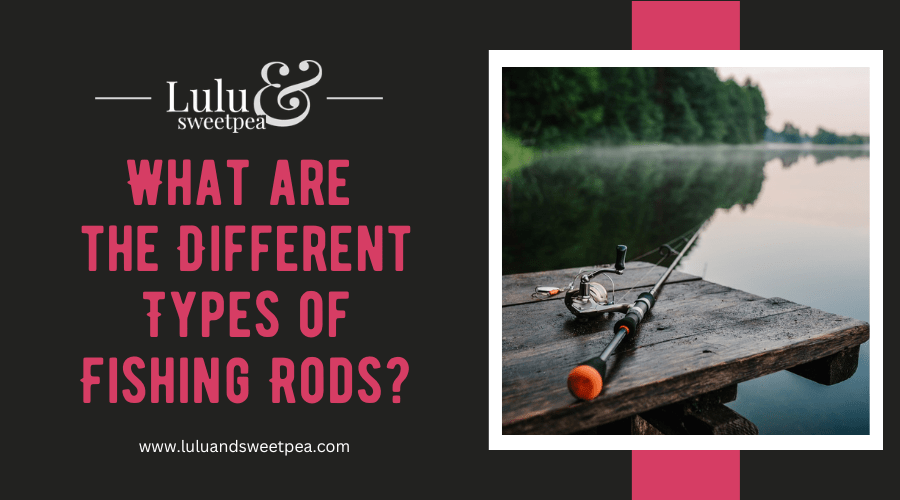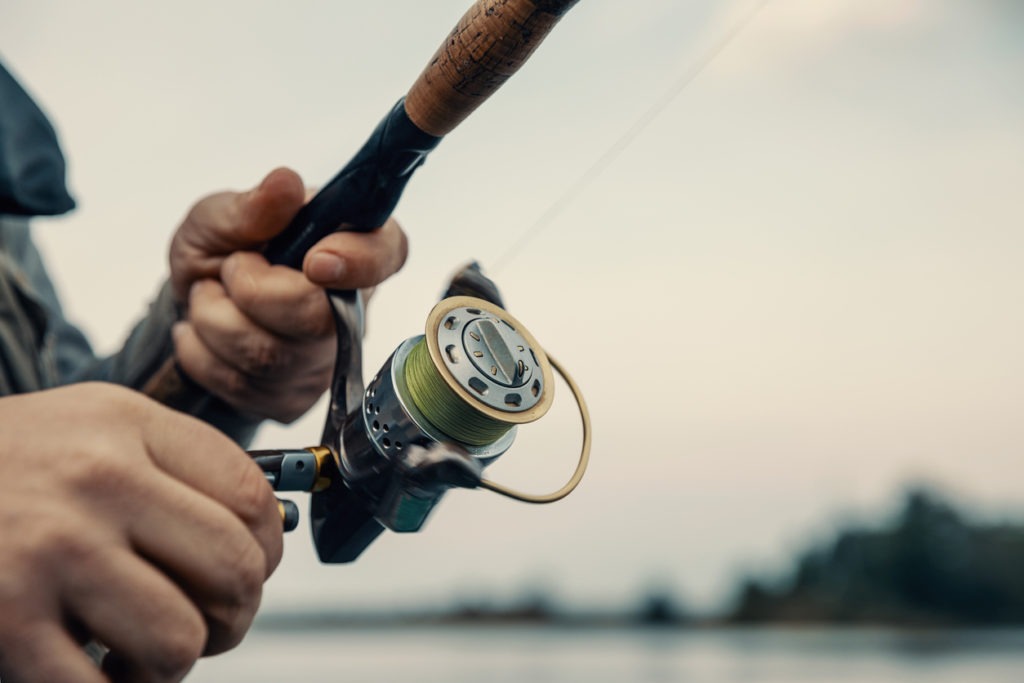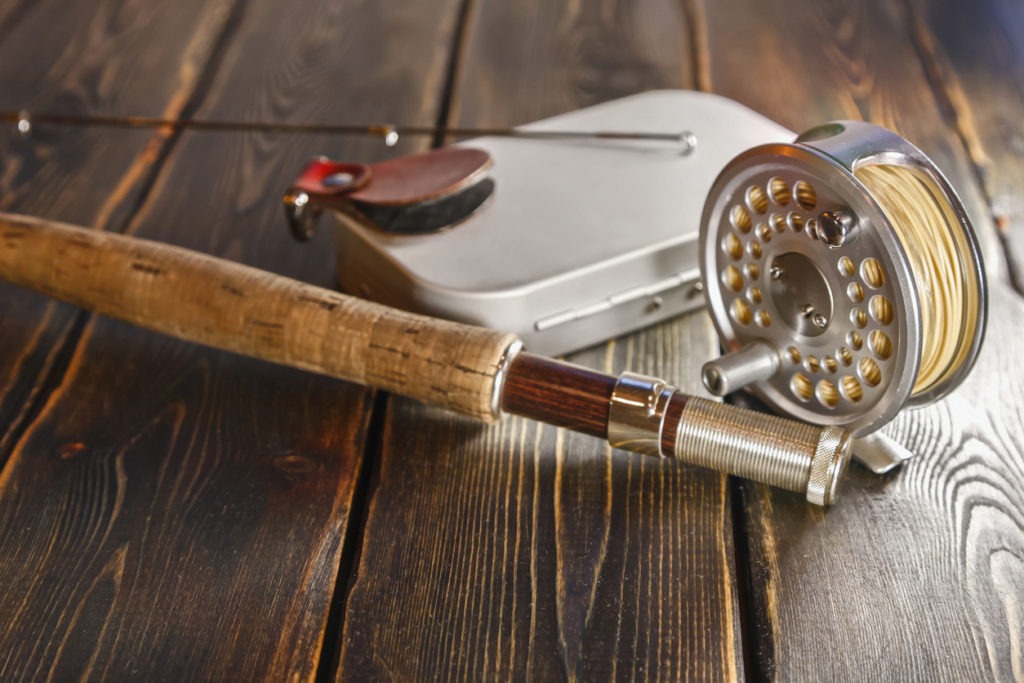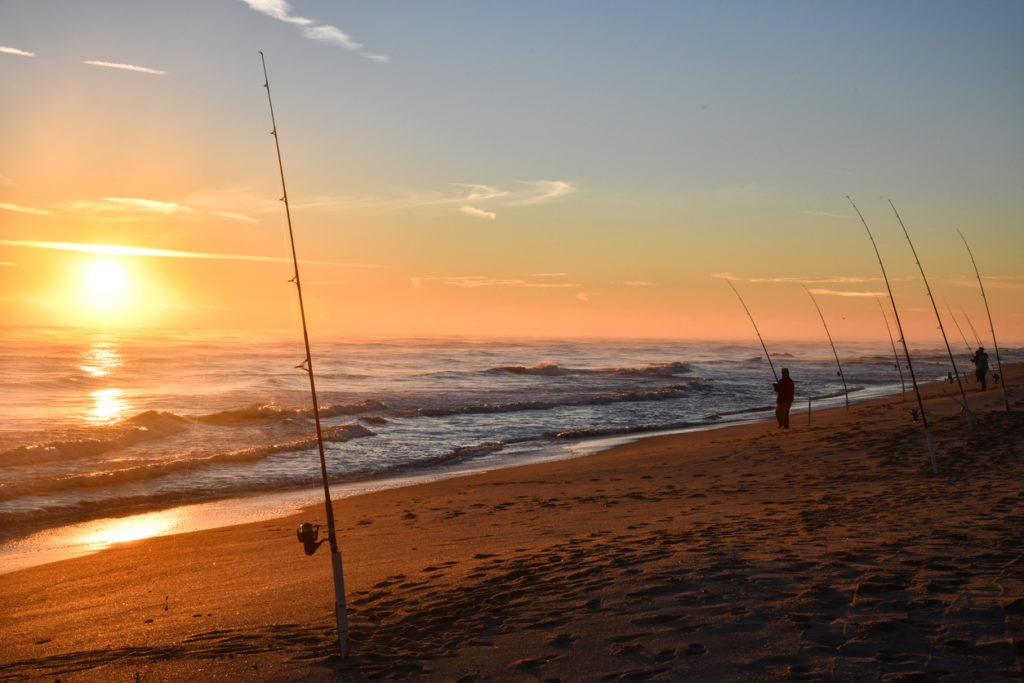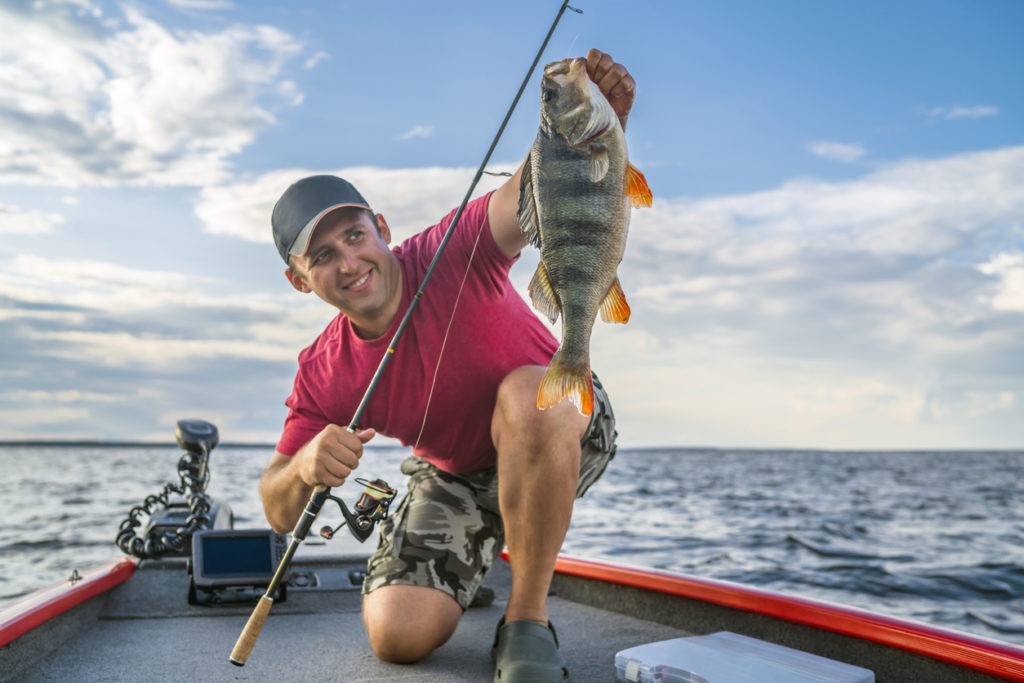For specific forms of fishing, various rod types are appropriate. Our fishing technology is fairly amazing these days, so you have a lot of alternatives for strong, efficient gear. You’ve come to the perfect place if you’re looking for a specific kind of fishing rod but aren’t exactly sure which rod or pole you need. To assist you in selecting the equipment that best meets your needs, we have outlined the main distinctions between each type of fishing rod here.
1. Spin Fishing Rod
The fishing rod you will most likely see most frequently is this one. Although it has certain extra features and benefits, the rod’s structure is relatively similar to that of conventional casting rods. For more stability and power, spin rods allow their users to grip them in their dominant hand. When casting and reeling in, the reel rests at the bottom of the rod. It is really simple to use the rod. It is most suitable for fishing in lakes, rivers, or boats, taking into account its features. All sizes of these rods and reels are available and can be used in almost any fishing setting.
2. Spincast/Casting Fishing Rod
Because of their design and characteristics, these rods are frequently referred to as spin casting fishing rods. Casting fishing rods are ideal for novices or young children because of their simplicity and ease of use. The discharging line has a push-catch device on the rod. This usually takes the shape of a thumb button that fishermen can press and then release to let line out. The reel operates easily and without any jerks. It can be used by anyone with any level of experience. These rods have the enclosed reel on top, not the bottom, of the rod.
3. Telescoping Fishing Rod
As the name implies, these rods are smaller and more transportable. It is not too difficult to carry the rod to the fishing location. Additionally, the lightweight construction makes long-term fishing comfortable for the user. This fishing rod’s ease of carrying is its best feature. The rod used to get shorter until it was the shortest length. The length can be extended by users as needed. Some telescopic fishing rods have a minimal length that makes them simple to put in a backpack and are shaped like pens. Telescoping rods with advanced technology are so good that may be used for all forms of fishing.
4. Fly Fishing Rod
So fly fishing requires a fly fishing pole. Almost any kind of fish can be targeted with fly rods because they come in a huge variety of sizes and lengths. The rod serves as a lever to convey fly line to fish on the other end with frequently delicate presentations. Fly rods can be up to 14 feet in length, with 9 feet being the most common length. They are frequently much longer than their spin or bait-casting rod counterparts. Fly reels, which function very differently from spin or bait-casting rods, are designed exclusively for fly fishing rods. Fly line is weighted for casting and substantially thicker. For particular application scenarios, fly lines can be purchased in floating, sinking, sink tip, and other forms.
5. Ultralight Fishing Rod
This kind of fishing rod is designed to be thin and light, as the name suggests. This makes tiny fish species more enjoyable and allows more delicate presentations. Backpacking vacations are a terrific use for these rods. Spin, fly, or even other sorts of rods might be considered ultralight rods. Actually, this category only includes fishing rods made specifically to catch smaller fish.
6. Surf Fishing Rod
Obviously, the majority of surf fishing rods are used in oceanic waters. The rods used in this type have an extra length and a tough butt. A heavy bait rig may be readily lobbed to the intended region thanks to the added length. While not the best style of rod for everyone, surf rods work well for casting from the surf, beach, pier, or other locations along the shore. Both casting and spinning styles of rod are available.
7. Trolling Rod
Boats that are moving employ trolling rods. When you are trolling, your boat’s motion causes your bait to move through the water. Trolling rods typically have larger, stiffer reels that can accommodate a lot of line. Most of the time, these rods are just good for trolling.
This kind of fishing rod is frequently used in pond, lake, and ocean fishing. This is much more effective than a typical spin casting rod for trolling behind a boat. Remember that this is very flexible and is primarily used for trolling.
8. Ice Fishing Rod
Ice fishing rods are often very short spin rods. This makes it simple for the angler to reel in fish from just above the ice fishing hole. These rods are really only used for ice fishing, but they work really well for it. They can be a complete blast when battling a big fish beneath the ice.
A Guide to Fishing Rod Material Selection
Many different materials can be used to make fishing rods. The materials should be appropriate for your skill level and angling style because they affect the rod’s activity. Fiberglass rods, graphite rods, and bamboo rods are the three main categories.
1. Fiberglass
The most affordable rods are usually those made of fiberglass. Although they are slightly heavier than graphite rods and typically weigh more, these stiffer rods can cause fish to break off because they don’t have as much give as graphite rods. Because of this, they are suitable for larger fish. In general, the rod flexes from the very bottom to the very top and they also have a slow to medium action.
2. Graphite
Anglers seeking greater finesse sometimes prefer lightweight rods made of graphite. Additionally, they typically have a faster action, more flex at the top of the rod, and little to no flex at the bottom. These rods are typically more expensive than composite or fiberglass rods.
3. Composite Rods
To obtain the best of both worlds, many rods are made of a combination of fiberglass and graphite. These rods often perform in a range between graphite and fiberglass rods. Additionally, the price range typically falls between the two.
4. Bamboo
Simply said, bamboo is a traditional rod material that is renowned for effortless casting and fish battling. Apart from anglers who have a fondness for the old fishing technology, it actually isn’t used much anymore.
Conclusion
The best tools are essential for fishing, as they are for any sport. Rod manufacturers have developed rods to cast specific baits deeper and more precisely based on a wide range of lure options and fishing methods. Additionally, these skills have been modified with other variables to offer the fisherman an advantage over a hooked fish.
Fishermen can accurately cast draws, work baits effectively, get more strikes, and set the baits to land a fish by using the best rod for the situation. Hopefully, with so many options, you can now pick the rod that best suits you!
